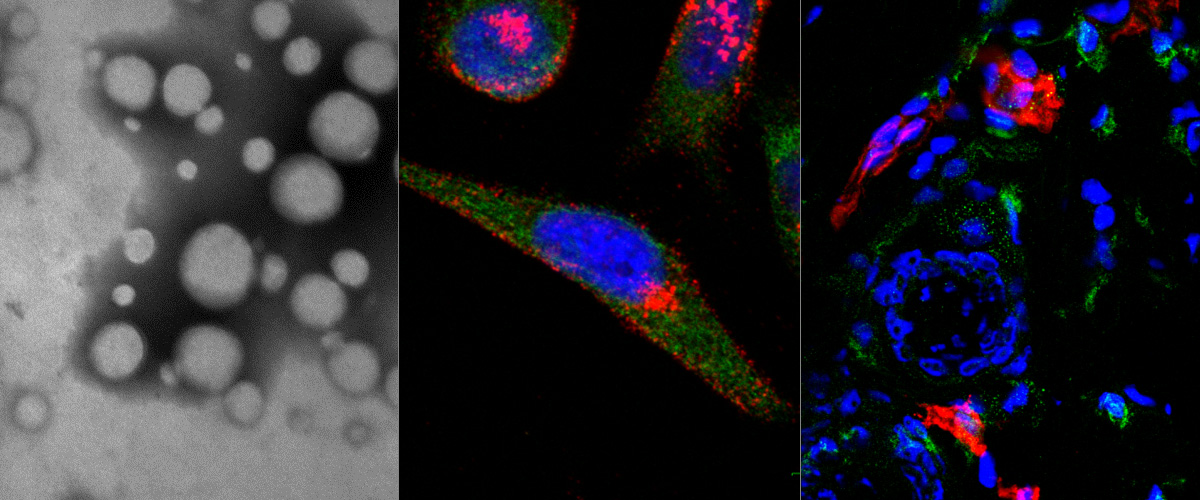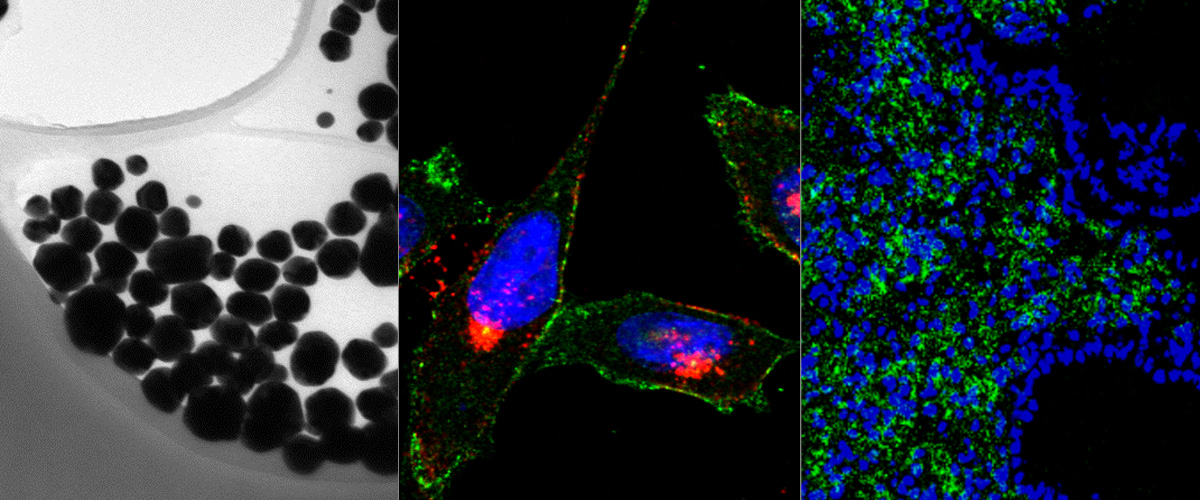https://www.ncbi.nlm.nih.gov/pubmed/30768279
Abstract
We recently identified a tumor-homing peptide (mUNO, sequence: "CSPGAK") that specifically interacts with mouse CD206 to target CD206/MRC1-expressing tumor-associated macrophages in mice. Here, we report studies on the binding of mUNO to human recombinant CD206 (hCD206) and on modeling the mUNO/hCD206 interaction by computational analysis. Fluorescence anisotropy analysis demonstrated that fluorophore-labeled mUNO interacts with hCD206. Microsecond time-scale molecular dynamics simulations and docking predictions showed that mUNO binds to a newly identified epitope between C-type lectin domains 1 and 2. The physical mechanisms that contribute to the docking interactions of mUNO include electrostatic interactions, aromatic interactions, and hydrogen bonds. We also demonstrate the selectivity of FAM-mUNO for CD206+-cultured human macrophages. The peptide mUNO appears to be the first ligand capable of interacting with this epitope of hCD206, for which no ligands have been reported. Our study has implications for targeting human M2-like tumor-associated macrophages, a subpopulation of immune cells with a major protumoral role.




